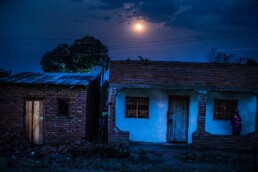(Published in El País and Aftonbladet)
Mike Hauli was accused of having bewitched his brother. He was killed and burned by a mob in northern Malawi. To this day, “witches” are still being killed and burned in many parts of the world, hundreds each year. Superstition, envy and greedy witchdoctors create a toxic brew, fueling the fire.
Jean Hauli, a Malawian in her early 20s, is browsing photos on her phone. First, a man with a gentle smile. Then, dark and blurry images of a pyre. After that, a charred corpse.
– Many of those accused are our relatives. But after they burnt my father, I no longer see them as relatives. Words cannot describe what they did.
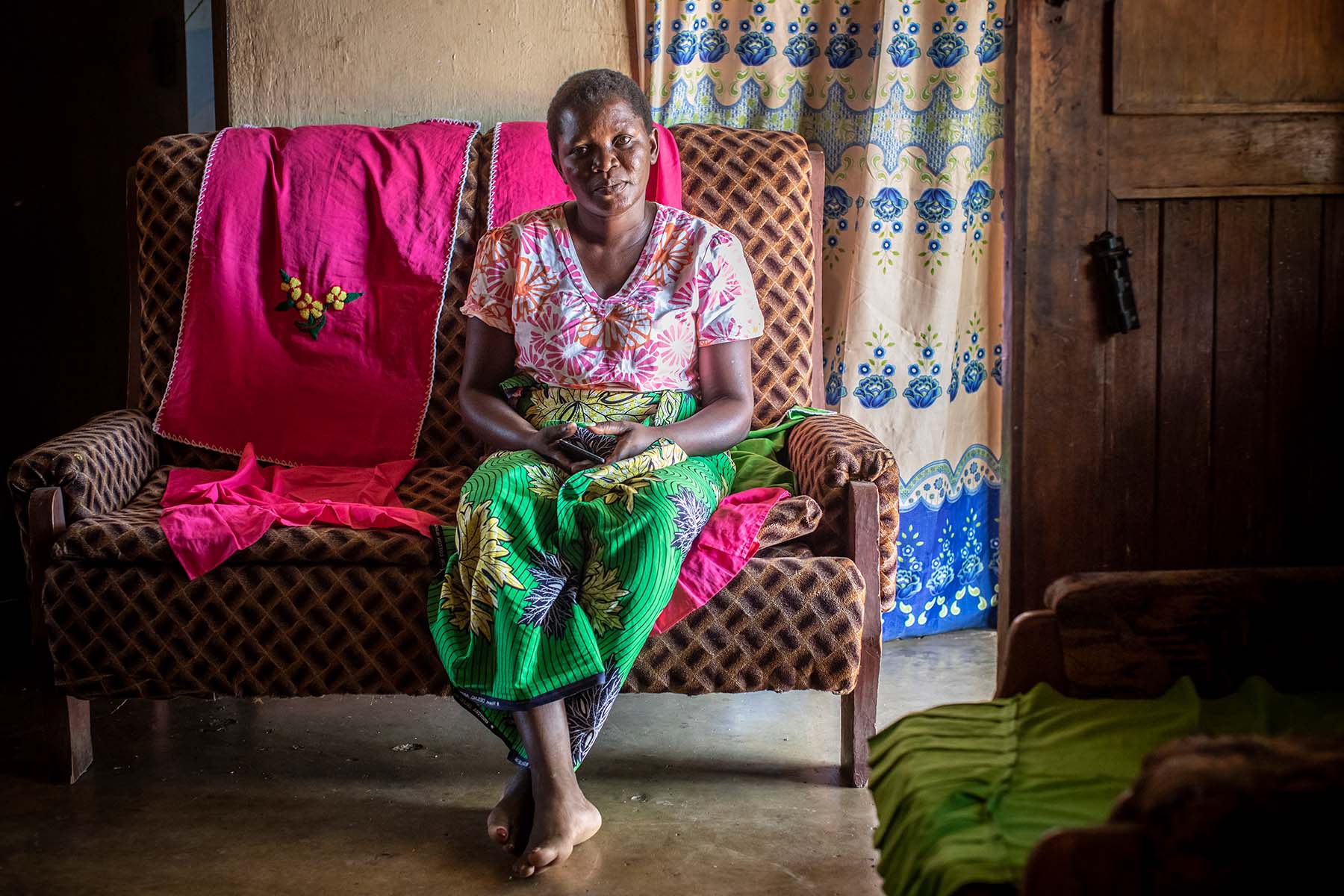
It was the 16th of August, last year. In the evening 49-year-old Mike Hauli visited the family of his brother Edvin in the northern province of Karonga in Malawi. Neighbors and relatives had gathered to mourn Edvin’s sudden death from a malicious disease. But what Mike Hauli did not know was that many people there were convinced that he was the one who had murdered Edvin, through witchcraft.
– I was told that a small boy came up to Mike and punched him. That turned out to be the go-ahead to the plotters to start the attack, says Mike’s widow Alice Mwakhwawa.
A crowd gathered quickly and started punching and kicking Mike Hauli. When he was lifeless, they dragged him to a pyre and set his body on fire. Alice Mwakhwawa was in another house nearby and could hear screams. When she wanted to go and see what was happening, she was stopped by a man who had just witnessed the pyre.
After the murder she left her home and is in constant fear of being attacked herself. The same applies to her daughter Jean Hauli.
– I have received many anonymous phone calls, voices telling me “You will die today”, she says.
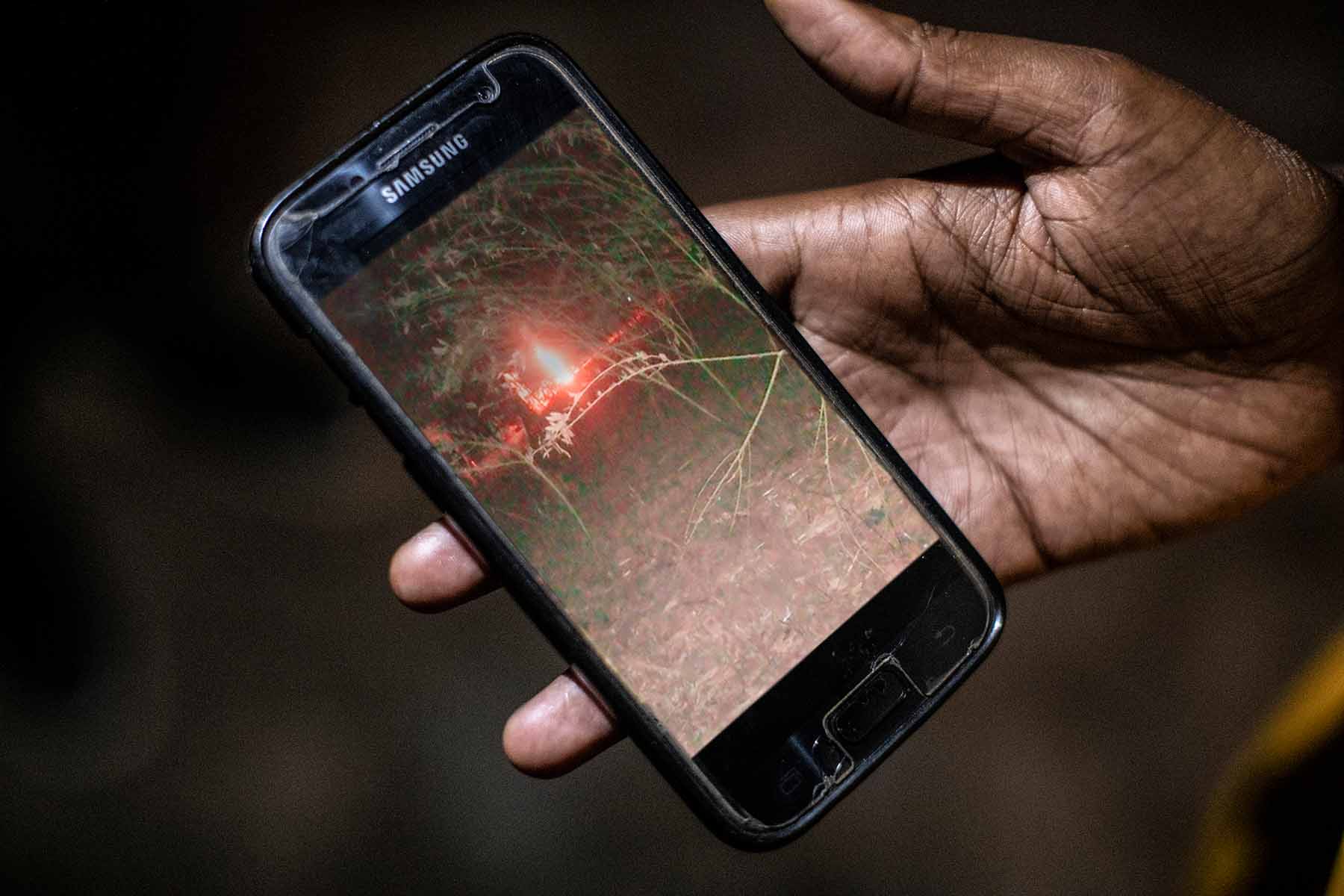
Every year Malawi sees close to 150 cases of witchcraft-related mob violence. But the problem is not isolated to this small African country. According to the organization Witchcraft and Human Rights Information Network, there have been over 20 000 reported cases in more than 60 countries in the last decade. Over 5 000 are cases of murder. Witchcraft related crime is especially common in India, Papua New Guinea and Sub-Saharan Africa. Elderly women, children and persons with albinism are overrepresented among the victims. Scholars believe the phenomenon is on the increase globally and this past summer, a month before the murder of Mike Hauli, the UN for the first time adopted a resolution condemning human rights violations associated with witchcraft accusations.
The accusations against Mike Hauli had been going on for several years.
– It began when he borrowed money to build a new house and buy a TV and some other things, says Alice Mwakhwawa.
Relatives started suspecting that Mike Hauli, who was a subsistence farmer and had almost no income, had used magical powers to acquire money.
– One of them said that he murders others through witchcraft to get money.
Alice Mwakhwawa believes that relatives and neighbors saw the death of Mike’s brother as the ultimate proof that they were right.

The sudden death of a close relative is a common trigger for mob violence. In the village Kafikisira 2, a few miles away from the scene of the Mike Hauli murder, a small boy died in September of last year in what doctors believe was malaria. But a large group of villagers was of a different opinion and tried to kill the boy’s big brother Kumbukani Mvula and his uncle Green Mwanyongo.
The two are leaning against a red oxcart outside the family house while talking about the incident. The villagers who tried to kill them live within sight. Needless to say, both of them still fear for their lives.
– When we came back from the hospital after the death of my brother a large mob attacked us. They chanted “Today you will die” and dragged us to a mango tree where they were going to burn us alive with gasoline, says Kumbukani Mvula.
The villagers suspected there was a connection between the death of the boy and the fact that Kumbukani Mvula recently bought the red oxcart – the theory was that he had created wealth by bewitching and thus killing the boy.
– I begged them: “Take us to a witchdoctor. If he confirms that we killed the boy, then burn us. If not, let us go!”
The villagers did not listen. But just as hope was running out five police cars arrived on the scene.
– The police dispersed the mob and took us with them. They held us in a secure place for three days. But now we are back in the village, we are poor and have nowhere else to go, says Kumbukani Mvula.
An overwhelming majority of Malawians believe in witchcraft. But sub-inspector Enock Livasoni of the Karonga police is just laughing when he is asked about his opinion.
– Personally, I don’t believe in it, no.
He says that the police are working hard to stop the witch hunts. They carry out information campaigns and investigate the cases thoroughly. For example, Livasoni says, twelve relatives and neighbors were arrested in the Mike Hauli case. They are still behind bars awaiting trial.
A common reason behind the violence is envy of someone who gained wealth or success, in places of extreme poverty.
– If a person is doing better in the village, people are suspecting that this one is practicing witchcraft. Which is not true, that person is working hard to gain something to help his family, he says.
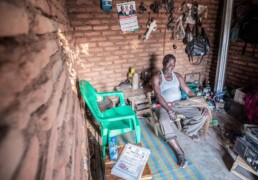
But there is also another factor driving the violence. The witch doctors. They are important figures in Malawian society. People turn to them for traditional healing and medicine against all sorts of ailments. Many witch doctors will also identify who is a witch, in exchange for monetary compensation. Such “identifications” may then in turn lead to mob violence.
Very few witch doctors are willing to be interviewed, but Voster Ngona, one of the most prominent witch doctors in northern Malawi, is happy to talk. Inside of his dark cabin in Karonga, animal skulls and snake skins hang on the walls. A corner is filled with jars and bottles containing various natural medicines.
– If a person dies relatives sometimes come to me with someone they suspect killed that person through witchcraft, says Voster Ngona.
An object with the shape of a tail hangs on the wall. Inside of it are dried brains from several animals, he says.
– With this one I can sense who is a witch.
Voster Ngona is aware of what his practices can lead to, but he claims that he always urges his clients to refrain from violence.
– Instead, I visit the suspect’s house. There, I usually find their hidden charms. After burning the charms, the witchcraft powers are gone and the suspect can be accepted back into the village community.
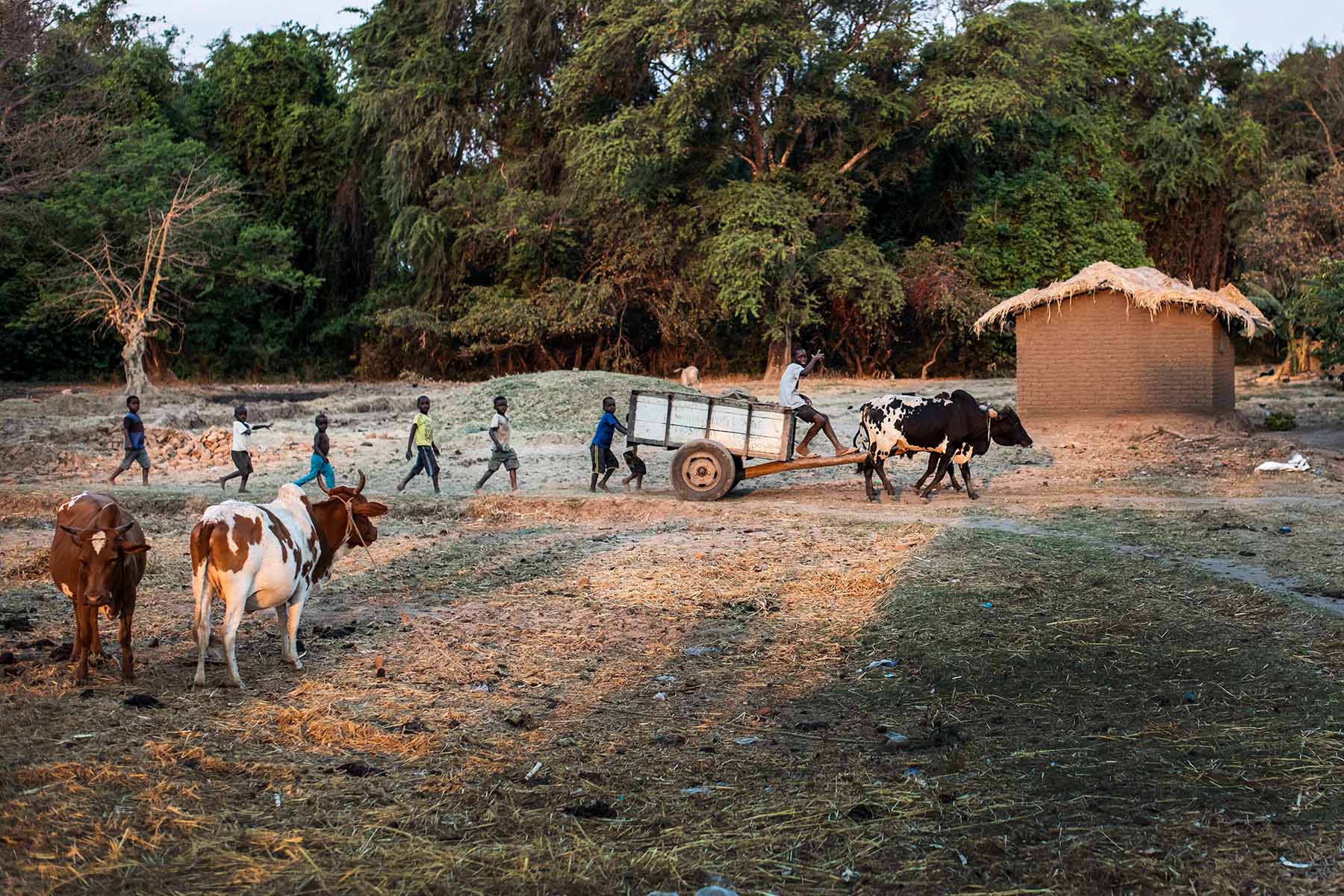
Malawi law has a witchcraft act that stems from colonial times. It assumes that witchcraft does not exist, thus making it an offense to accuse someone of practicing it. But the law is rarely followed and has been under review, in an attempt to curb the extrajudicial mob violence. In late December 2021 the Malawi Law Commission released a report recommending that the law should be amended to recognize the existence of witchcraft and to criminalize harmful aspects of it. The commission concluded that “the majority of Malawians hold a belief in witchcraft and that people’s belief cannot be suppressed by legislation”. This could open up to witch trials in courts. The draft law has yet to be passed by the parliament.
Voster Ngona agrees that the current law does not work.
– If the law says that witchcraft does not exist, people will take the law into their own hands.
But witch trials in courts is not a good idea either, according to Ngona.
– Instead, the authorities should collaborate with the witchdoctors so that we can collect charms from suspected witches and make peace that way.
The Association for Secular Humanism (ASH), based in the Malawian capital of Lilongwe, is one of very few NGOs who actively work to stop witchcraft related violence. Wonderful Mkhutche, political scientist and spokesperson for the organization, is very critical of the new law draft.
– The law is being made of something that has no evidence of its existence. Entertaining the thought or belief that witchcraft exists is dangerous in itself minding the rampant cases of witchcraft-based violence, he says.
– As the law continues to go through cabinet and parliament, we will continue our advocacy, through demonstrations as well as legal interventions.
His colleague in ASH, George Thindwa, laughs at Voster Ngona’s proposal to work with the authorities to stop “witches”.
– The witch doctors have assistants who hide the charms around people’s houses so that they can “find” them.
Witchcraft stemmed violence rose sharply after 1994, when iron-fisted dictator Hastings Banda was ousted from power and a multi-party democracy was introduced.
– The dictatorship suppressed such practices. But with democracy it rose to the surface. At the same time our economy was in shambles, HIV was rampantly spreading and on top of that we had a large influx of Nigerian movies portraying witchcraft as something real, says George Thindwa.
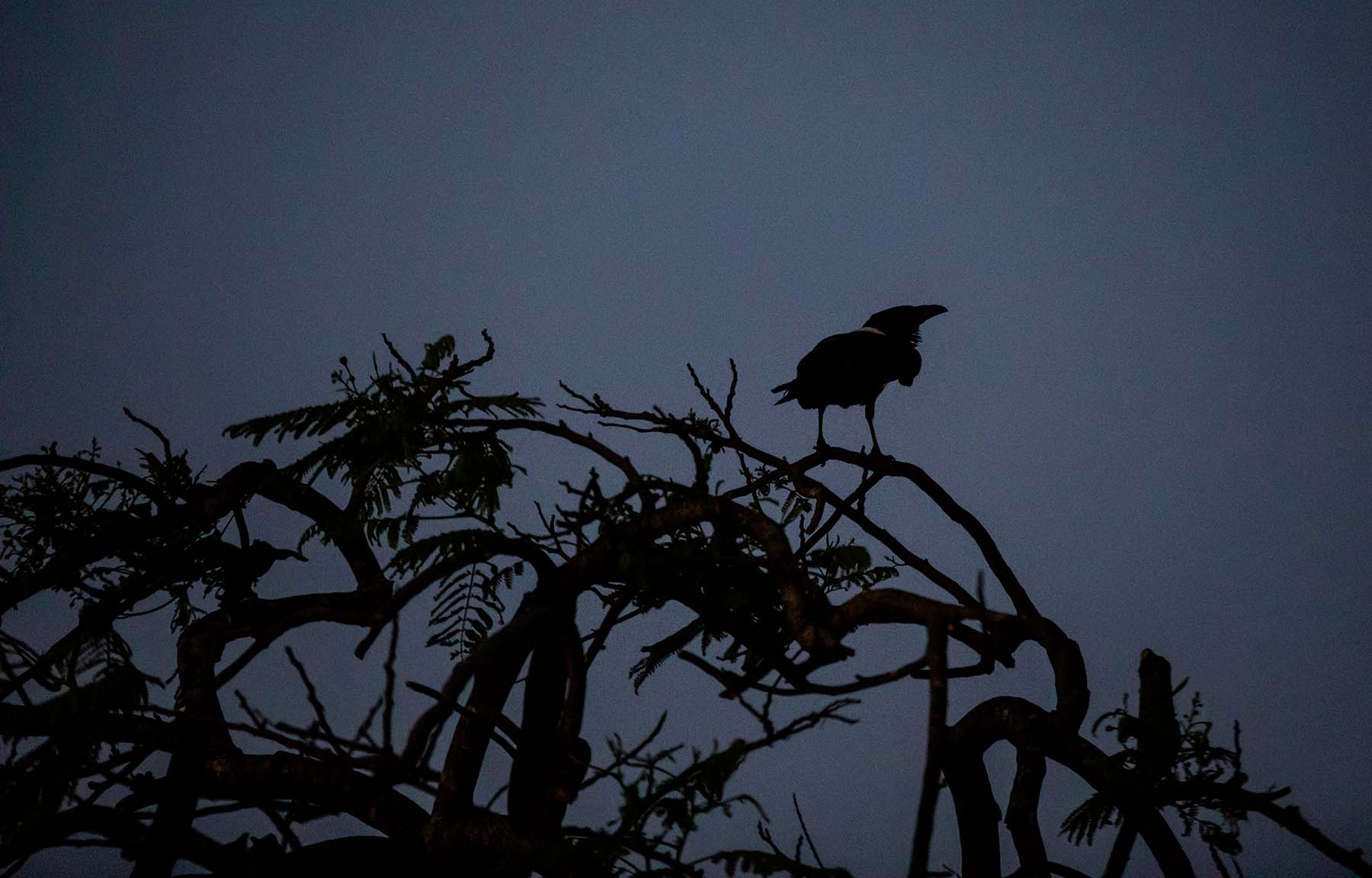
A few years back ASH ran an information campaign against witchcraft beliefs. George Thindwa believes this helped to curb the problems in many parts of the country, at least a bit. But not in Karonga. The attacks are still widespread there, he says.
According to ASH arrests and convictions in these cases are rare. It does not help that many police officers, themselves, are believers in witchcraft. They might also be afraid to stir up more violence, says George Thindwa.
– The Mike Hauli case is strange, because they actually arrested twelve people.
Back in Karonga. Alice Mwakhwawa is unaware whether a witch doctor was involved in the murder of her husband. Police say they “don’t have conclusive evidence” of witchdoctor involvement. But it doesn’t really matter to Alice Mwakhwawa. Mike is gone and her life is in shambles. She doesn’t know how to support her family and pay for their school fees.
– The violence comes out of envy and lack of education. In the long run, these problems might decrease if more children can finish school.
Torbjörn Wester
